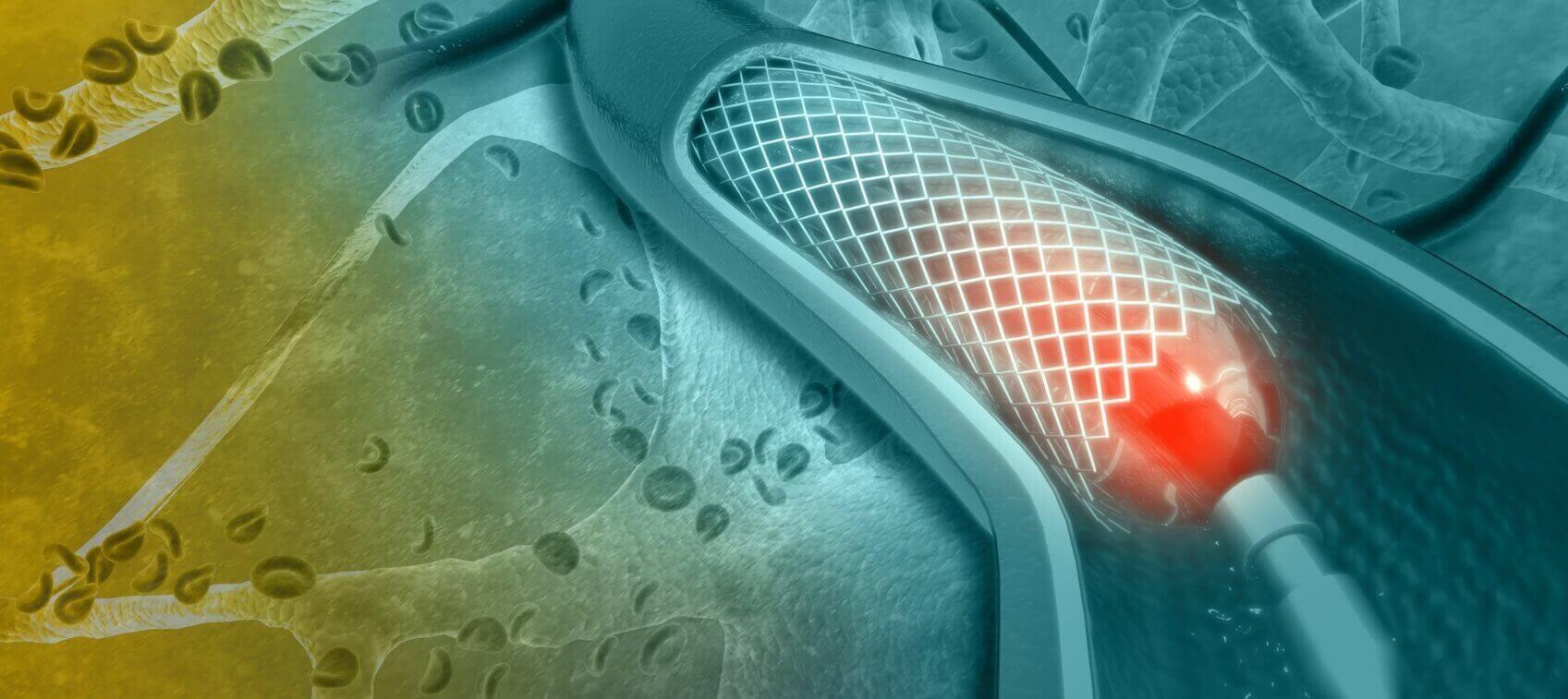
I’m often asked if a heart stent is necessary by people who are considering this procedure.
I’ve said this before, and I’ll say it again: If I’m ever having a heart attack, I want someone to get me to the closest hospital to have an angioplasty/stent procedure performed as soon as possible.
Heart stents are simply the best way to improve blood flow to the heart and preserve heart muscle during a heart attack. But the problem with heart stents, as with many amazing medical technologies, is that doctors are overusing them.
When Are Heart Stents Used?
A heart stent is a small tube, usually made of wire mesh, that’s inserted into your coronary artery. It keeps the artery open, so blood can flow through the artery as it should. As I just mentioned, after a heart attack a stent can save your life.
However, surgeons are often quick to insert stents when they may not be the best treatment option. For example, in patients with stable angina—meaning chest pain that occurs during exertion—cardiologists often recommend stents. Yet, that often doesn’t improve outcomes.
As a 2017 study published in The Lancet found, inserting a stent in someone with stable angina didn’t improve exercise times—and in fact, yielded the same outcome as a placebo procedure.
Plus, a landmark study in 2007 published in the New England Journal of Medicine, found that stents didn’t change medical outcomes in patients with stable heart disease.
Should You Get a Heart Stent?
I strongly believe that no one should receive heart stents based on anatomy alone. In other words, just because tests may reveal a narrowing in an artery doesn’t mean a heart stent is necessary if you are asymptomatic.
In patients with stable coronary artery disease who are enjoying a satisfactory quality of life with drug therapy and lifestyle changes, surgery should be avoided. For people in this group, noninvasive therapies are just as effective as heart stent procedures.
One of the best ways to determine if you need a heart stent or not is by asking your doctor about having an exercise stress test. Using a treadmill or a stationary bicycle, you will be hooked up to an electrocardiogram (EKG) machine for an evaluation. A stress test can see if your heart rate shows any ischemic changes and that it increases appropriately during exercise—plus, an exercise tolerance test (ETT) allows your doctor to monitor you for arrhythmias, blood pressure response, and symptoms during exertion. It brings objective data to the table, allowing you and your doctor to determine if a stent is right for you.
I also urge you to listen to your body. If you’re experiencing chest pain or your symptoms are progressively worsening, a heart stent is probably the right decision.
But if you feel fine and your doctor is basing the recommendation strictly on test results showing some narrowing of arteries, you should explore less-invasive options. Most of the time, the decision to get a heart stent should be based on your personal symptoms and not solely on narrowing or blockage of your arteries.
Are Stents Safe?
While getting a heart stent is generally considered a safe procedure, as with any invasive treatment complications can occur.
Heart stent complications can include:
- Damage to the artery
- Infection at the surgery site
- Blood clots
- Bleeding
- Kidney damage
- An irregular heartbeat
- Stroke
To ensure the best surgical outcome, the experience of the surgeon is extremely important. You want to use a heart surgeon who performs numerous stent procedures on a routine basis and knows which type of stent will work best for each patient.
How Long Does Heart Stent Recovery Take?
While a heart stent following a heart attack can involve lengthy hospitalization and rehabilitation, a scheduled stent procedure is usually a relatively minor procedure. Normally, patients stay in the hospital for monitoring for about a day and are able to return to their normal activities after a week of rest at home.
After a stent, medications are often prescribed, including Plavix and/or aspirin, to prevent blood clots at the site of the stent.
It’s also important to remember that a stent doesn’t “cure” heart disease. You still need to eat a heart-healthy diet, exercise, avoid smoking, maintain healthy blood sugar, and more, to keep your arteries healthy.


